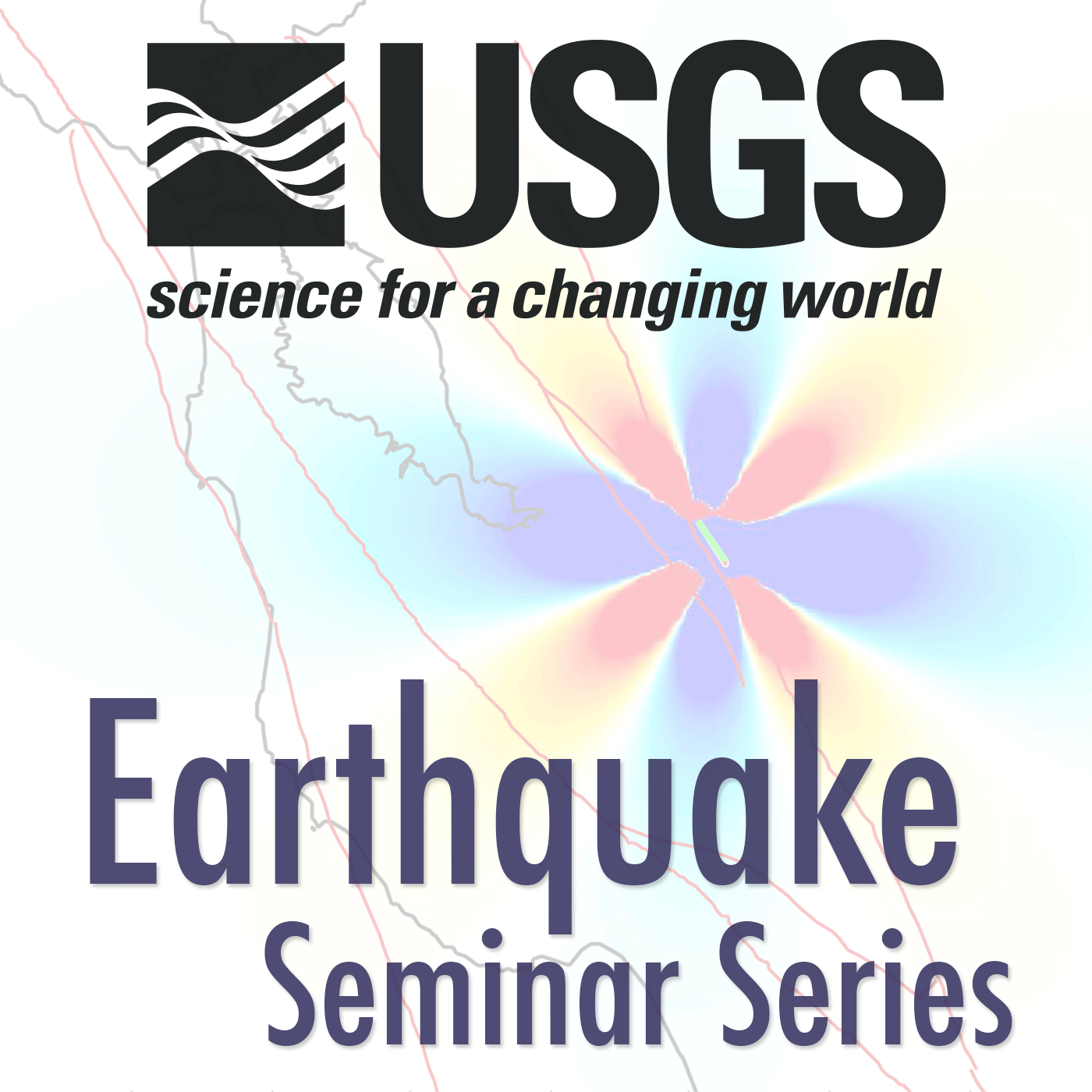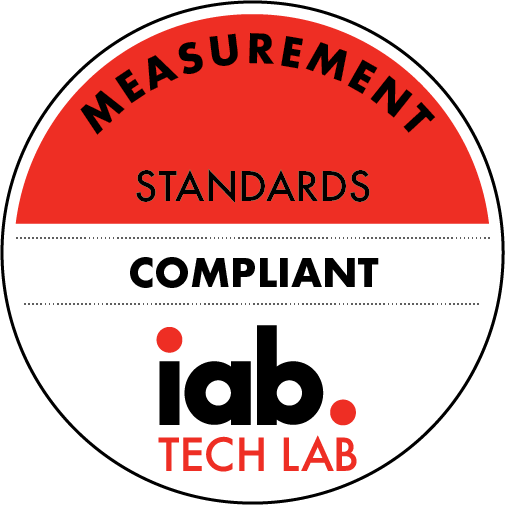Rapid, physics-informed seismic wavefield predictions using high-performance computing and reduced-order modeling techniques
Description
John Rekoske, University of California San Diego
Rapidly estimating the ground shaking produced by earthquakes in real-time, and from future earthquakes, are important challenges in seismology. Numerical simulations of seismic wave propagation can be used to estimate ground motion; however, they require large amounts of computing power and are too slow for real-time problems, even with modern supercomputers. Our aim is to develop a method using both high-performance computing and machine learning techniques to obtain a close approximation of simulated seismic wavefields that can be solved rapidly. This approach integrates physics into the source- and site-specific ground motion estimates used for real-time applications (e.g., earthquake early warning) as well as many-source problems (e.g., probabilistic seismic hazard analysis). Specifically, I will focus this talk on applying data-driven reduced-order models (ROMs) that are based on the interpolated proper orthogonal decomposition method. I will discuss our work using ROMs to (1) instantaneously generate peak ground velocity maps and (2) to rapidly generate three-component velocity seismograms for earthquakes in the greater Los Angeles area. The approach is flexible, in that it can generate 3D elastodynamic Green’s functions which we can use to simulate seismograms for complex kinematic earthquake rupture models. Lastly, I will show how this approach can provide accurate, near-real-time wavefields that could be used to rapidly inform about possible earthquake damage.
More Episodes
Omar Issa, ResiQuant (Co-Founder)/Stanford University
A study by FEMA suggests that 20-40% modern code-conforming buildings would be unfit for re-occupancy following a major earthquake (taking months or years to repair) and 15-20% would be rendered irreparable. The increasing human...
Published 11/13/24
Published 11/13/24
Martijn van den Ende, Université Côte d'Azur
Already for several years it has been suggested that Distributed Acoustic Sensing (DAS) could be a convenient, low-cost solution for Earthquake Early Warning (EEW). Several studies have investigated the potential of DAS in this context,...
Published 10/09/24


